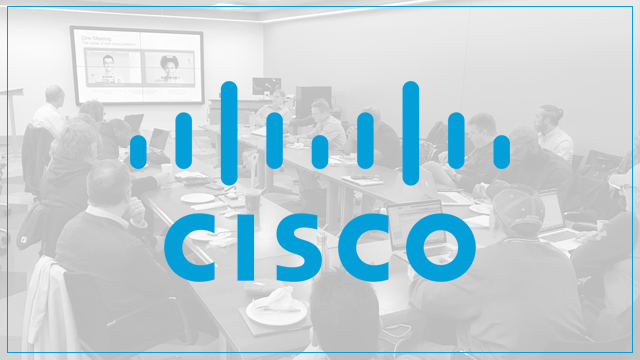Last week, Cisco visited Duke University’s Technology Engagement Center (TEC) to offer an update on their WebEx/codec offerings. Greg Schalmo, a Senior Collaboration Architect at Cisco, detailed the transformation WebEx has undergone over the past six months. First, WebEx is now “video first,” (as compared to “content first”) mirroring the general trend in online conferencing. Second, the WebEx application has undergone a major facelift, bringing a refreshingly clean interface that simplifies the process of starting an online meeting (thank you Cisco!). Third, Cisco has ended some of their naming madness by folding Spark into Webex as Webex Teams, the Cisco Spark Board is now the Webex Board, and Spark Assistant is now Webex Assistant (R.I.P. Spark!). This finally puts to rest the nagging question of, “So, what’s the difference between Spark and WebEx again?” Now, it’s ALL WebEx, but there are some nice enhancements, if you need them, in WebEx Teams. Eventually, both WebEx and WebEx Teams will be a single application where you can toggle between the two modes, but that’s a big undertaking, possibly coming in late 2019.
Cisco also detailed a few new hardware codec offerings (check out their Collaboration Device Product Matrix and their Cisco Webex Room Series for specifics). The highlights of the hardware overview were the Cisco Webex Codec Pro, a replacement to the SX80 (used in larger and/or more advanced teaching spaces) which adds additional digital inputs, additional mic options, and a range of advanced features such as voice control, automatic noise suppression, face recognition. For smaller spaces, Cisco offers the Webex Room Kit and Cisco Webex Room Kit Plus, which would work nicely in huddle rooms or small meeting spaces. The one device that made me nearly fall out of my seat was the Webex Room Kit Mini. The Mini offers all the usual niceties from a Cisco codec, but also allows the ability to connect the camera, mic, and speakers to an external device. So, it’s now possible to connect a 3rd party lecture capture device or even an alternative conferencing platform to a room. In our highly flexible teaching spaces, this is a significant enhancement worthy of note.

